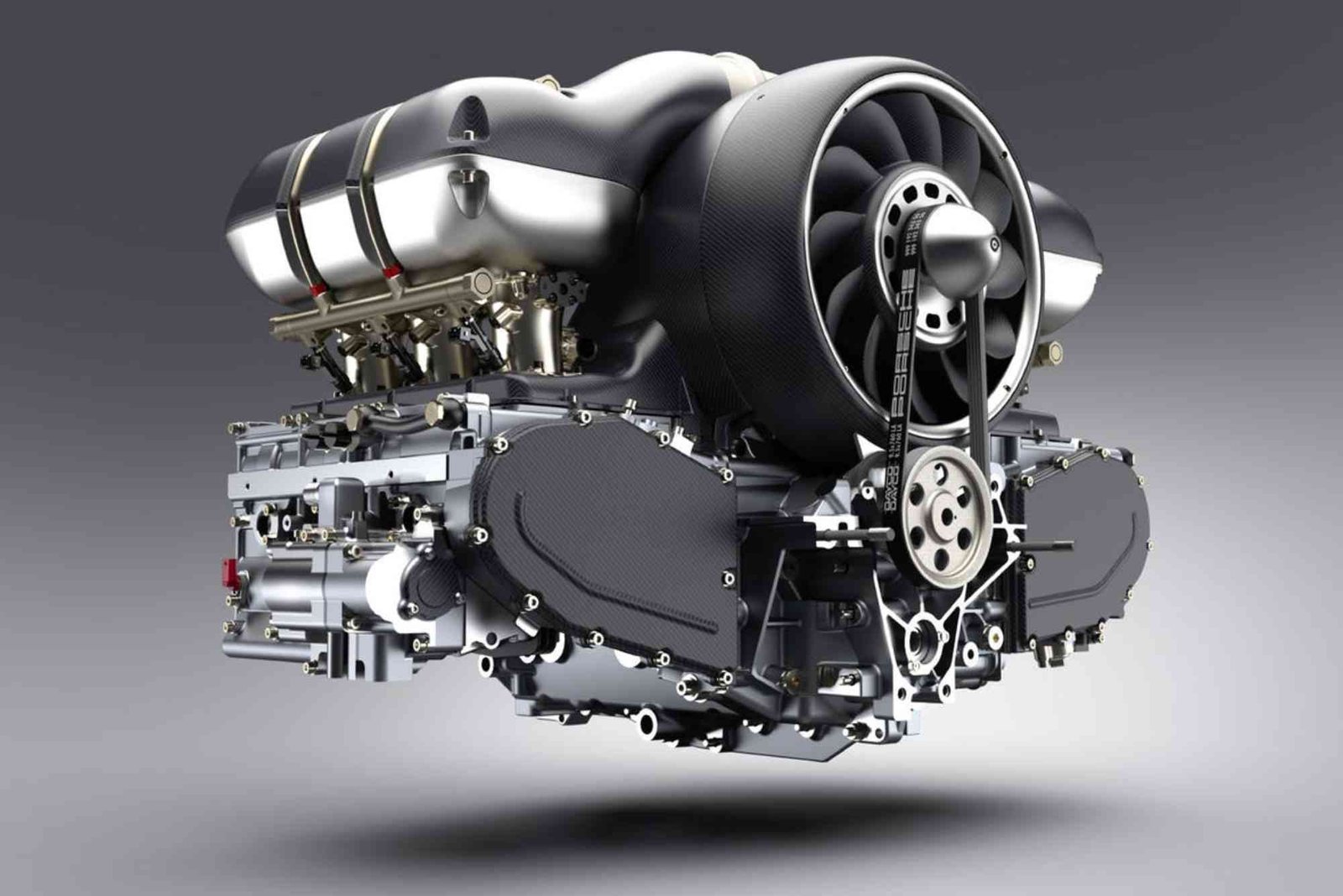Introduction
The automobile engine is the heart of any vehicle. It transforms fuel into motion, powering the car and ensuring smooth travel. Whether you drive a small hatchback or a powerful truck, your engine determines performance, fuel efficiency, and reliability. Understanding how it works helps drivers appreciate their vehicles and maintain them properly. In this practical guide, we’ll explain What Is An Automobile Engine — A Practical Guide, exploring its types, components, and working principles.
Understanding the Automobile Engine
An automobile engine is a mechanical device that converts chemical energy (from fuel) into mechanical energy. This mechanical energy then powers the vehicle’s wheels through various systems like transmission and drivetrain. The internal combustion engine (ICE) remains the most common type, although electric and hybrid engines are now transforming the automobile world.
The main function of an engine is simple — it burns fuel in a controlled manner, producing energy that pushes pistons. These pistons turn the crankshaft, which drives the vehicle forward. This process, though technical, happens within seconds and repeats thousands of times during every minute of operation.
Types of Automobile Engines
Engines come in different forms, depending on design, purpose, and fuel type.
Internal Combustion Engine (ICE)
The ICE is the most widely used engine. It burns fuel (like petrol or diesel) inside the cylinder, generating heat and pressure that move the pistons. The ICE itself divides into two main types:
-
Petrol Engines: Use spark ignition to burn fuel-air mixtures. They are smoother and quieter.
-
Diesel Engines: Use compression ignition. They’re more fuel-efficient and durable, often found in trucks and SUVs.
Electric Engines
Electric engines work on electricity rather than fuel. They use batteries to power motors that rotate the wheels. These engines are silent, clean, and efficient, with instant torque delivery.
Hybrid Engines
Hybrid engines combine both fuel and electric power sources. They balance performance and efficiency, reducing emissions and fuel consumption.
To learn more about engines and their structure, you can also explore Top Tips: What Is An Automobile for deeper technical insights.
Main Components of an Automobile Engine
Every engine, no matter the type, contains several crucial components that work together to generate power.
Cylinder Block
The cylinder block is the foundation of the engine. It houses cylinders where fuel combustion occurs. The number of cylinders can range from three to twelve, depending on the vehicle.
Pistons
Pistons move up and down inside the cylinders. They convert fuel combustion into mechanical motion.
Crankshaft
The crankshaft turns the pistons’ up-and-down motion into rotational motion, which eventually powers the wheels.
Camshaft
The camshaft controls the opening and closing of valves, ensuring the correct timing for fuel intake and exhaust.
Valves
There are two types: intake and exhaust. The intake valves allow the air-fuel mixture to enter, while exhaust valves expel burnt gases.
Spark Plug
Found in petrol engines, the spark plug ignites the fuel-air mixture, initiating combustion.
Fuel Injector
The injector sprays fuel into the combustion chamber, maintaining the correct air-fuel ratio for efficient burning.
Lubrication System
Lubrication prevents friction between moving parts. Without it, the engine would quickly overheat and fail. You can understand its significance better through What Is The Necessity Of Lubrication which explains why oiling and lubrication are vital for longevity.
How an Automobile Engine Works
The working of an engine follows a process known as the four-stroke cycle — intake, compression, power, and exhaust.
Intake Stroke
The piston moves downward, allowing the fuel-air mixture to enter the cylinder through the intake valve.
Compression Stroke
The piston then moves upward, compressing the mixture. This compression increases the potential energy for combustion.
Power Stroke
A spark plug ignites the compressed mixture, causing an explosion. The resulting pressure pushes the piston down, generating power.
Exhaust Stroke
Finally, the piston moves up again, expelling the burnt gases through the exhaust valve.
This entire process happens hundreds of times per second, converting chemical energy into motion seamlessly.
Cooling and Lubrication Systems
An engine generates tremendous heat during operation. To prevent damage, two systems come into play — cooling and lubrication.
Cooling System
The cooling system uses coolant and a radiator to absorb and release heat. Proper cooling prevents overheating, maintaining efficiency and durability.
Lubrication System
Lubrication ensures smooth operation by reducing friction. It also helps in cleaning and sealing engine parts. Using high-quality oil and maintaining the correct levels is crucial for performance.
Types of Engine Layouts
Engines can have different layouts based on how the cylinders are arranged.
-
Inline Engine: Cylinders are aligned in a single row — simple and compact.
-
V-Type Engine: Cylinders are arranged in a V-shape — offers high power and performance.
-
Flat Engine: Cylinders lie horizontally opposite each other — used in performance cars for balance.
Each layout affects how the car drives, feels, and handles. Manufacturers choose layouts depending on the vehicle’s purpose — economy, luxury, or performance.
Common Problems in Automobile Engines
Even the best engines face issues over time. Recognizing common problems helps prevent costly repairs.
-
Overheating: Caused by cooling system failure or low coolant levels.
-
Oil Leaks: Often due to worn gaskets or seals.
-
Knocking Sounds: May indicate incorrect fuel combustion or worn-out parts.
-
Loss of Power: Can result from faulty spark plugs or clogged fuel injectors.
-
Excessive Smoke: Suggests burning oil or poor fuel-air mixture.
Regular maintenance and timely oil changes are the best ways to avoid these issues.
Importance of Maintenance and Care
Maintaining an automobile engine ensures better performance and longer life. Regular check-ups, oil changes, and proper lubrication help the engine run smoothly. Keeping filters clean and monitoring coolant levels are equally essential. Always follow the manufacturer’s maintenance schedule for the best results.
Proper maintenance doesn’t just improve performance — it enhances fuel efficiency and reduces harmful emissions. As technology advances, engines are becoming smarter and more efficient, requiring specialized care.
Future of Automobile Engines
With the rise of electric and hybrid technologies, the automobile industry is changing rapidly. Electric vehicles (EVs) are expected to dominate due to zero emissions and low running costs. However, internal combustion engines are still evolving with better fuel systems and eco-friendly designs.
Manufacturers are now exploring hydrogen and alternative fuels to make engines cleaner and more sustainable. This transformation ensures the automobile engine remains relevant for decades to come.
Practical Tips for Understanding Your Engine
To truly understand your vehicle, it’s essential to familiarize yourself with how your engine works. Learn the sounds it makes, monitor performance, and don’t ignore warning lights. Reading the car manual helps you understand specific engine needs and service intervals.
For more expert insights, explore Top Tips: What Is The Necessity to understand how different systems contribute to overall performance and safety.
An automobile engine is more than just a mechanical part — it’s the powerhouse of every vehicle. Understanding What Is An Automobile Engine — A Practical Guide allows you to appreciate how it transforms fuel into motion, ensuring efficient and reliable transportation. Whether it’s a petrol, diesel, or electric engine, every design has one goal — to deliver power effectively and safely.
Regular maintenance, timely oil checks, and awareness of how your engine works can make a big difference in performance and longevity. Keep your engine healthy, and it will serve you faithfully for years.
FAQs
What are the main parts of an automobile engine?
The main parts include the cylinder block, pistons, crankshaft, camshaft, valves, spark plug, and lubrication system.
How does an automobile engine produce power?
An engine burns fuel inside the cylinder, generating heat and pressure. This energy moves pistons, which turn the crankshaft to produce motion.
What is the difference between petrol and diesel engines?
Petrol engines use spark ignition and are smoother, while diesel engines use compression ignition and are more fuel-efficient.
Why is engine maintenance important?
Proper maintenance prevents breakdowns, improves fuel economy, and extends engine life.
What is the future of automobile engines?
The future lies in electric and hybrid technologies, offering clean energy and sustainable performance.




